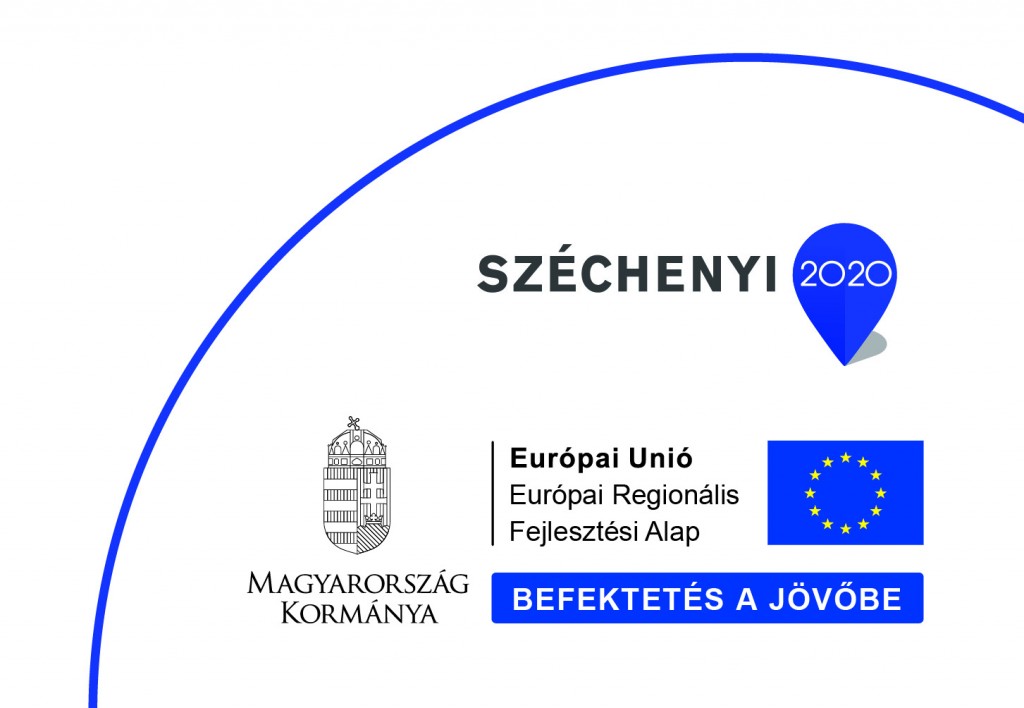The main goal of the 3TANIUM tender is to develop NDT methods capable of safely detecting process-related critical defects, as well as understanding their effects on the material and mechanical properties of Ti6Al4V parts produced by Additive Manufacturing (AM). The project lasts for 24 months and is structured into four technical work packages (WP1-WP4) covering all technical work, starting with the design of the sample and characterization matrix, the preparation and characterization of the samples, and the performance of mechanical, NDT and material tests. WP1 provides a ready-made sample and test matrix that enables the investigation of the effect of various manufacturing parameters on the mechanical and fracture properties of titanium AM specimens. The necessary samples are also prepared in this work package. Testing is carried out in WP2 (NDT) and WP3 (mechanical, fatigue, material testing). In WP4, given the quantified errors of WP2 and WP3, industry-specific fatigue life prediction tools are applied using modeling and simulation approaches.
The main task of PREMET Kft. was the laser powder bed fusion (L-PBF) production of test pieces made of Ti6Al4V Grade 5 alloy, as well as their heat treatment (stress relief, heat treatment or HIP). The surface of some of the test pieces was treated with several methods, such as electropolishing and spraying. The fabricated specimens were characterized using various NDT methods such as ultrasonic immersion testing, optical/visual inspection techniques, electromagnetic and eddy current techniques, X-ray radiography and computed tomography (CT), mechanical testing, fractography and micrography. In order to assess the harmful effects of errors related to processing, we also performed modeling by predicting and validating the fatigue life.
In the framework of the project, more than 300 test pieces were made. The most important result of PREMET was that it significantly reduced the porosity of the produced test pieces to 0.005-0.02%, which is in the range usually achieved after HIP treatment. After the HIP treatment, no pores were detectable at the level of the tests.
In the future, we intend to further develop the process in order to further reduce the porosity and porosity range of the manufactured parts and eliminate the use of HIP treatment.


